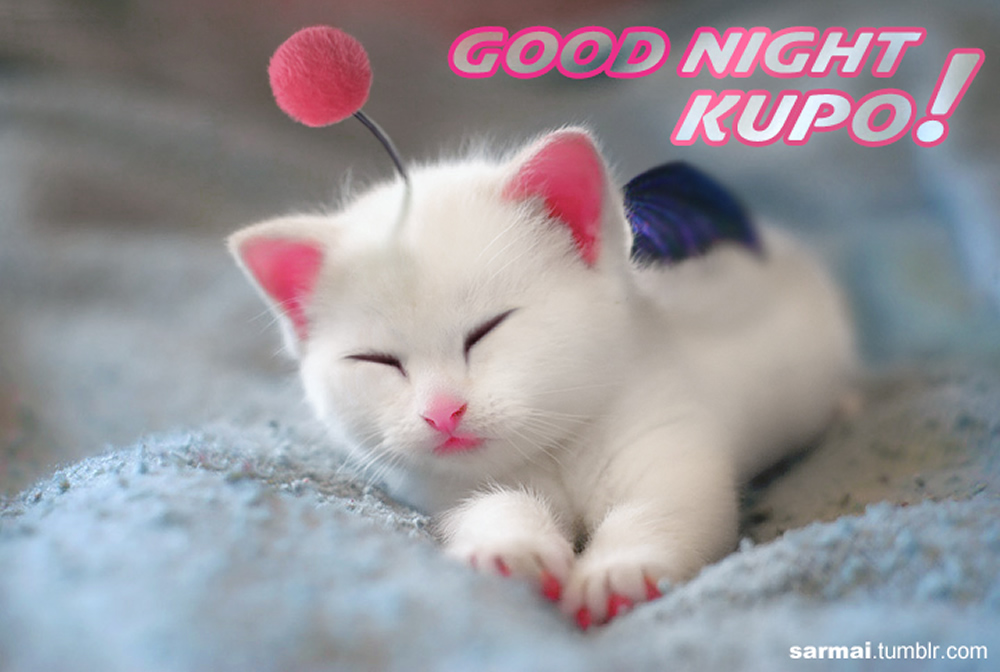
Within the expansive realm of the Final Fantasy series, a delightful and whimsical creature known as the Moogle has captured the hearts of fans worldwide. These endearing beings, with their fluffy white fur, charming antics, and unmistakable “kupo” catchphrase, have become an iconic symbol of the franchise. As we embark on a journey to uncover the secrets of Moogles, we delve into their origins, decipher the meaning behind their beloved expressions, and explore their roles within the Final Fantasy universe. From the enchanting allure of their name to the fascinating connections between Moogles and moles, this article sheds light on the captivating lore and intricacies of these mythical creatures, inviting both longtime enthusiasts and curious newcomers alike to immerse themselves in the magical world of Moogles.
What Does Moogle Stand For?
“Mōguri,” the Japanese transliteration of “moogle,” is a portmanteau of the words “mogura” (土竜, meaning mole) and “kōmori” (蝙蝠, meaning bat). This combination of terms reflects the distinct features of these mythical creatures in the Final Fantasy universe. Moogles are typically depicted as small, adorable creatures with white fur, an antenna protruding from their heads, and a small red or yellow ball called a “pompom” at the end.
What Does Kupo Mean?
“Kupo” is a catchphrase commonly associated with Moogles. It is an endearing and often playful expression that Moogles use to communicate. While the precise meaning of “kupo” is not explicitly defined within the Final Fantasy lore, it serves as a versatile linguistic tool for Moogles to express emotions, convey information, or simply interact with others.
What Does a Moogle Do?
Moogles fulfill various roles within the Final Fantasy series, often serving as helpful companions, messengers, or guides to the main characters. They are known for their proficiency in delivering messages, assisting in battles, or providing valuable information and services to the players. Moogles are typically depicted as resourceful and trustworthy beings, eager to lend a helping hand whenever they can.
Why Do Moogles Say Kupo?
The reason behind Moogles saying “kupo” is not explicitly explained in the Final Fantasy lore. However, it is believed to be a distinct characteristic of their language and culture. Some speculate that “kupo” may serve as a form of greeting, an expression of affirmation, or a way to add a whimsical touch to their speech. Ultimately, the usage of “kupo” adds to the charm and uniqueness of these beloved creatures.
Do All Moogles Say Kupo?
While “kupo” is widely associated with Moogles, not all Moogles across the Final Fantasy series necessarily say it. Different games and variations within the franchise have introduced variations in the way Moogles express themselves. Some Moogles may have different catchphrases or unique ways of communicating, showcasing the diversity and creativity employed by the game developers when portraying these delightful creatures.
Is It Moogle Or Mog?
Generally speaking, “Mog” refers to a specific Moogle character, often serving as a companion or significant figure in the Final Fantasy series. “Moogle,” on the other hand, is the broader term used to describe the entire species of these mythical creatures. However, in the original Final Fantasy VII, the Moogles were collectively referred to as “The Mogs.” This deviation from the standard naming convention adds an interesting layer of uniqueness to that particular game and its depiction of Moogles.
What Does The Name Moguri Mean?
The name “Moguri” holds significance in the Final Fantasy universe as it is the Japanese word for “Mole.” This choice of name further emphasizes the connection between Moogles and moles, considering their shared physical attributes, such as the round body and the ability to burrow or dig. Additionally, it is worth noting that outside the realm of Final Fantasy, in the Godzilla universe, there is a robot called “Moguera,” which also draws inspiration from the concept of moles, as reflected in its name. This parallel showcases the influence and interconnectedness of various fictional universes and their imaginative interpretations of creatures like Moogles.